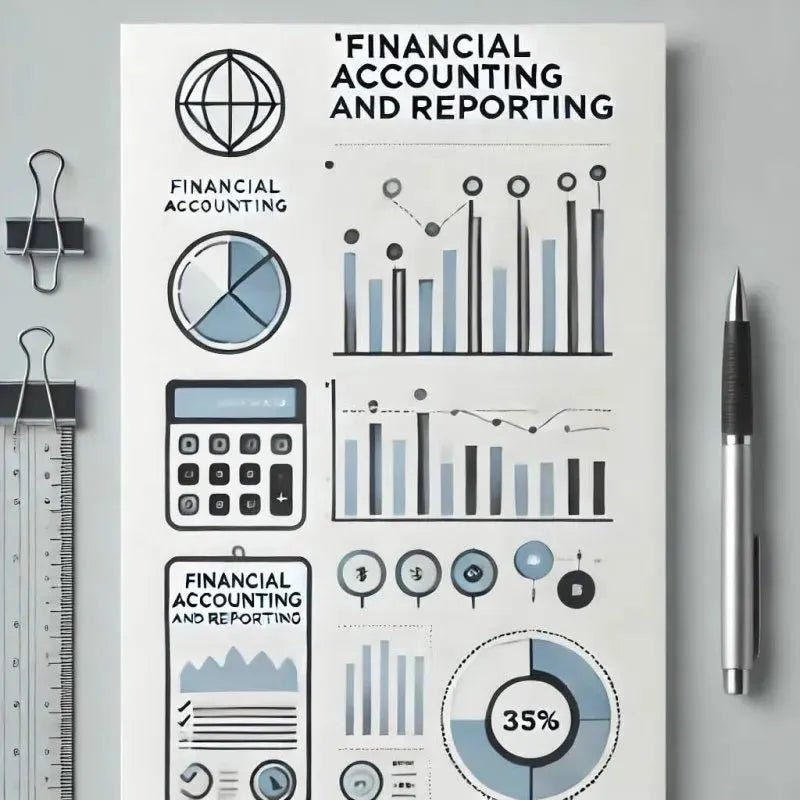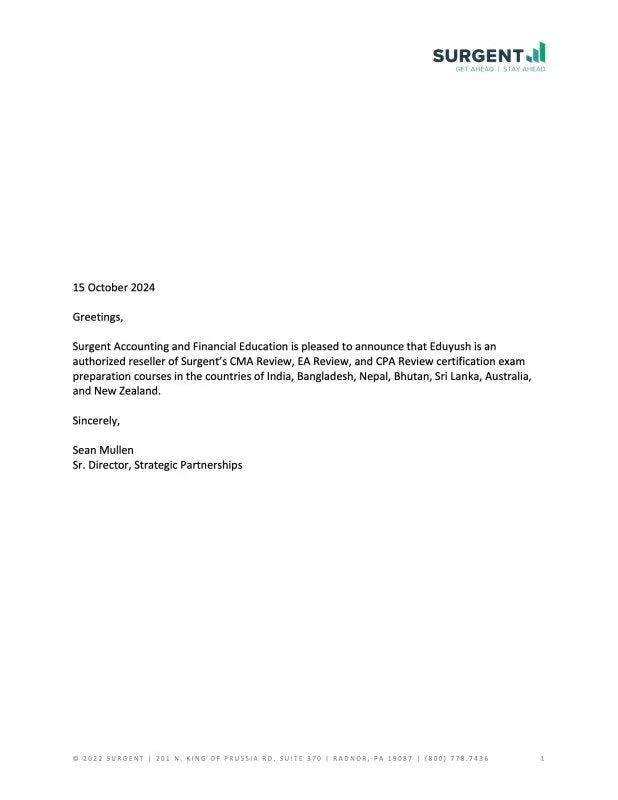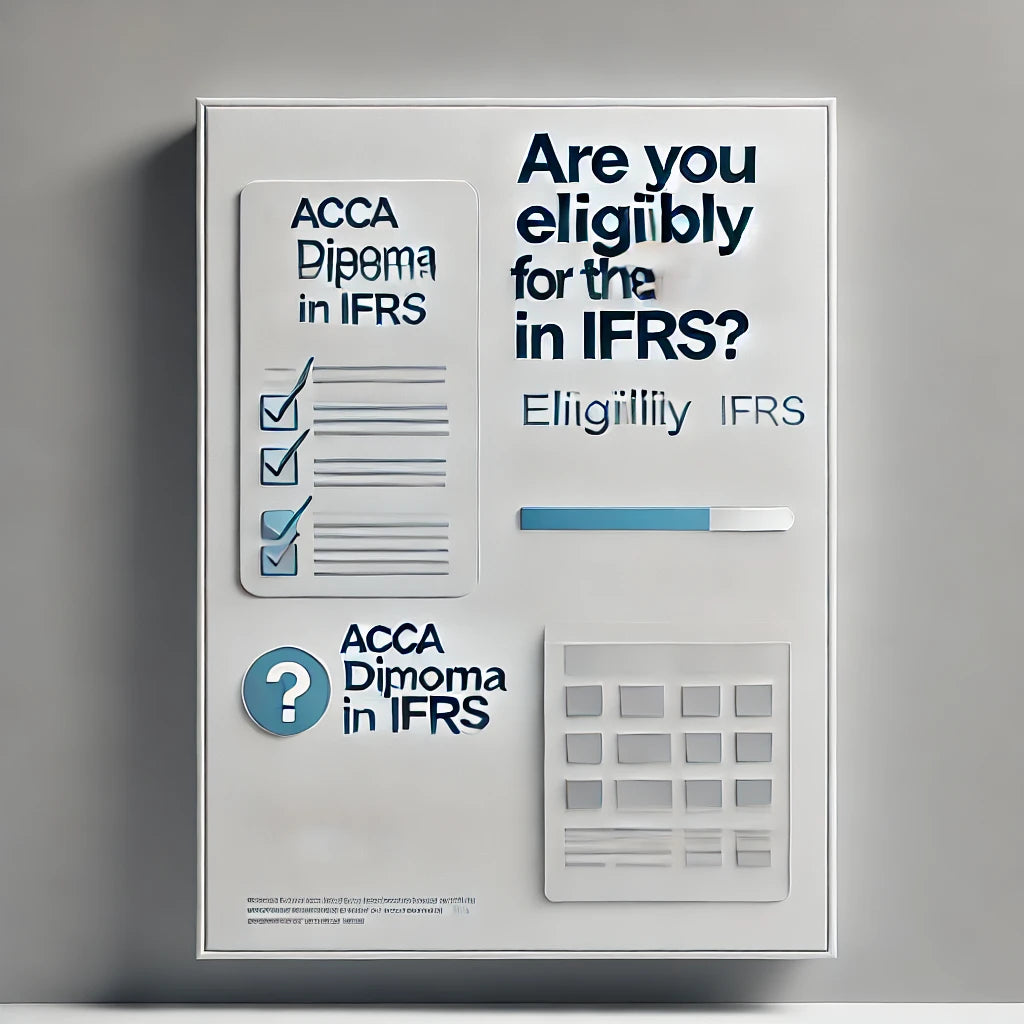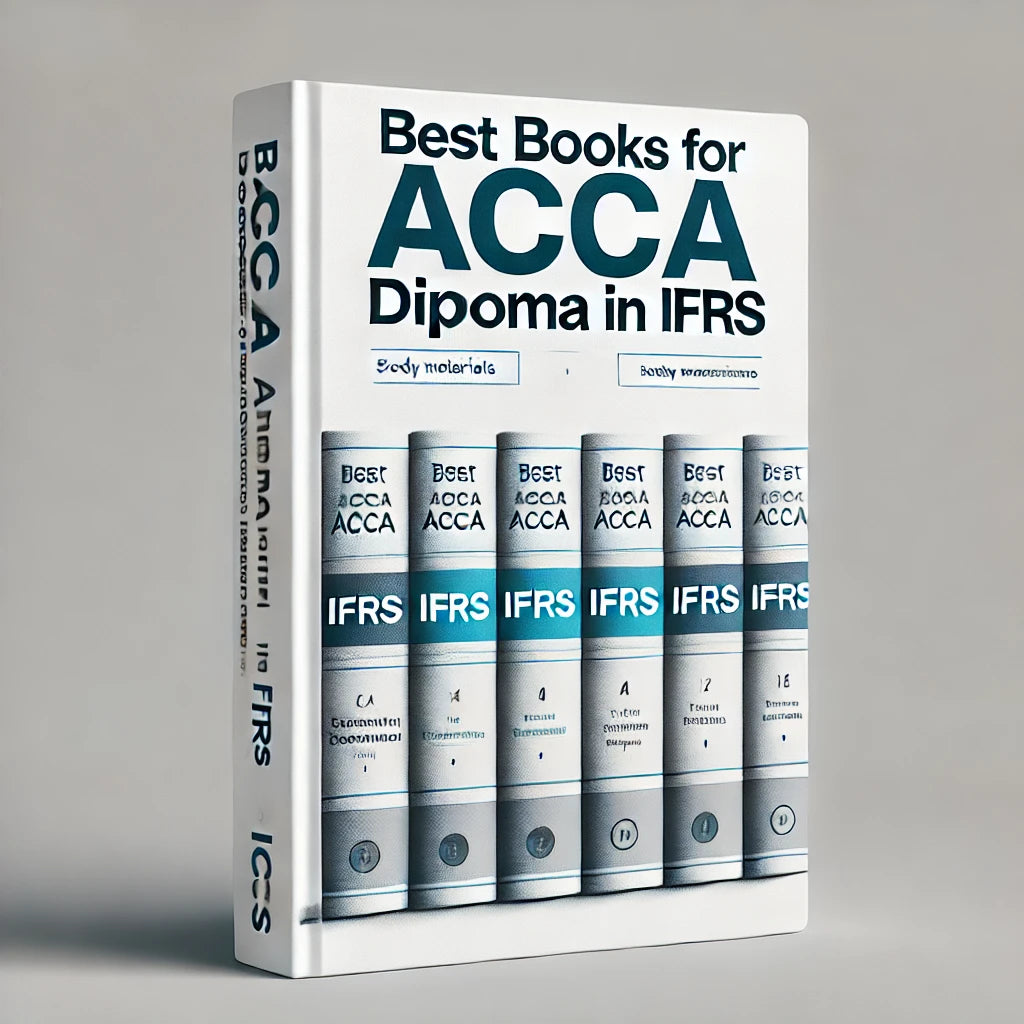Conceptual Framework for financial reporting. Summary and video explanation
Conceptual Framework for financial reporting
This summary of the Conceptual Framework sets out the concepts that underlie the preparation and presentation of financial statements for external users.
The Framework addresses
- The objective of financial statements
- Underlying assumptions
- Qualitative characteristics that determine the usefulness of the information in financial statements
- The definition, recognition, and measurement of the elements from which financial statements are constructed
- Concepts of capital and capital maintenance
Watch a video explaining the conceptual framework
The objective of financial statements
A financial statement is designed to provide information about an entity's financial performance, position, and changes in the financial part of that entity to assist in making economic decisions. Such users include investors deciding whether to sell or hold an investment in the entity or employees assessing an entity's ability to provide benefits to them.
Underlying assumptions
Two assumptions underlying the preparation and presentation of financial statements are the accrual basis and going concern.
As opposed to receiving or paying cash or its equivalent, the effects of transactions and other events are recognized on an accrual basis. They are reported in the financial statements during the periods they relate to.
As a going concern, financial statements are prepared to assume that the entity will continue to operate. Based on IAS 1, it is assumed that the entity does not plan to liquidate or reduce its operations materially in the foreseeable future.
Qualitative characteristics that determine the usefulness of the information in financial statements
According to the Framework, the four primary qualitative characteristics are understandability, relevance, reliability, and comparability.
Understandability
Financial statements should provide information that is understood by users of financial statements. In other words, the requirement of the Framework is that the information contained in a set of financial statements should be
- "Understandable" by a "user" of the financial statements;
- Who has "reasonable knowledge of business and economic activities and accounting; and
- Who has the "willingness to study the information with reasonable diligence."
Relevant
Information provided by a set of financial statements is considered relevant if it can influence the economic decisions of users and is provided to users promptly to influence their decisions. The concept of relevance is closely related to the idea of "materiality." According to the Framework, "materiality" is defined as information whose omission or misstatement could impact the economic decisions of users.
Reliable
Information provided by financial statements may be relevant, but if it is not reliable, it is of little use. According to the Framework, to be reliable, information must
- Be free from material error;
- Be neutral that is, free from bias;
- Represent the transactions faithfully and other events it either purports to represent or could reasonably be expected to represent (representational faithfulness). If information is to describe the transactions and other events faithfully that it purports to represent, the Framework specifies that transactions and other events need to be accounted for and presented by their substance and economic reality, even if their legal form is different (substance over form); and
- Complete within the bounds of materiality and cost.
The concept of reliability relates to prudence, in which preparers of financial statements exercise caution in making estimates so that assets or income aren't overstated. Liabilities and/or expenses are not understated.
Comparability
Comparability refers to information being comparable through time and across entities.
In practice, there are often trade-offs between different qualitative characteristics of information. In these situations, an appropriate balance among the characteristics must be achieved to meet the objective of financial statements.
Materiality
One of the Framework’s guiding principles is materiality. Matters are considered material in an integrated report if they affect the organisations’ ability to create value over the short, medium and long- term. A significant amount of judgement will be required by management to determine what is material. Also, materiality in an integrated report is likely to be different to materiality in the context of financial statements, which may confuse users of an integrated report.
Elements of Financial Statements
The Framework describes the elements of financial statements as broad classes of economic effects of transactions and other events. The elements of financial statements are
- Assets.
- Liabilities.
- Equity.
- Income.
- Expenses.
According to the Framework, an item that meets the definition of an element should be recognized if
- Any future economic benefit associated with the item will probably flow to or from the entity and
- The item has a cost or value that can be measured with reliability.
The Framework notes that historical cost is the most common measurement basis in financial statements. Other measurement bases, such as current cost, realizable or settlement value, and present value, are also used.
Concepts of Capital and Capital Maintenance
The Framework distinguishes between a financial concept of capital and a physical concept of capital. Most entities use an economic concept of capital, under which capital is defined in monetary terms as the net assets or equity of the entity. Under a physical concept of capital, capital is defined in terms of the physical productive capacity of the entity.
Profit is earned when the monetary amount of net assets at the end of the period exceeds the monetary amount at the beginning, after excluding owners' dividends and contributions.
A profit is earned when an entity's physical productive capacity at the end of the period exceeds its physical productive capacity at the beginning, after excluding any distributions and contributions from owners.
Now that you have understood, try out a past question paper on conceptual framework in accounting.
FAQs
Can I do Diploma in IFRS without a CA or CPA?
Yes, a chartered qualification is not mandatory. If you hold a relevant degree (such as B.Com or MBA Finance) and can demonstrate at least 2 years of relevant accounting or audit experience, or if you have 3+ years of such experience without a degree, you can typically meet eligibility requirements.
What is the pass mark for DipIFR?
The pass mark is 50, which means candidates need at least 50 out of 100 to pass the exam. Since all four questions are compulsory, time management and balanced attempt across the full paper matter as much as technical accuracy.
How many times can I attempt the DipIFR exam?
There is no fixed cap on the number of attempts. Candidates can re-book the exam in subsequent June or December sessions, although each attempt requires a fresh exam fee and renewed preparation plan.
Do I need to renew the Diploma in IFRS certificate?
DipIFR itself is a lifetime diploma; there is no annual renewal fee for the certificate. However, professionals who are also ACCA members or members of other institutes still need to comply with their ongoing CPD obligations to keep membership in good standing.
Can I get a job abroad with Diploma in IFRS?
DipIFR alone does not guarantee relocation, but it strengthens applications for IFRS-focused roles in regions like the UAE, Saudi Arabia, Singapore, and the UK. Community anecdotes show that Indian candidates with DipIFR often experience more interview calls for overseas or global reporting roles, especially when they also have CA, CPA, or similar core qualifications
What is the difference between ACCA DipIFR and full ACCA qualification?
ACCA DipIFR is a standalone specialist qualification focused solely on IFRS application and can be completed in 3-6 months with a single exam. The full ACCA qualification requires 13 exams across multiple levels (Knowledge, Skills, Strategic) and typically takes 2-4 years to complete. DipIFR is ideal for qualified professionals (CAs, CPAs, CMAs) who need IFRS expertise quickly without committing to a full chartered pathway. Full ACCA is designed for those building an accounting career from scratch and offers broader coverage including audit, tax, management accounting, and financial reporting.
Is Diploma in IFRS better than CMA for Indian professionals?
The choice depends on your career goals. Diploma in IFRS is better if you work in financial reporting, statutory audit, group consolidation, or plan to join Big 4 firms and MNCs requiring IFRS/Ind AS expertise. CMA (Cost and Management Accountant) is better for roles in cost accounting, manufacturing, budgeting, and financial planning & analysis (FP&A). For cross-border reporting and international mobility, DipIFR has stronger global recognition. Many professionals pursuing controller or CFO roles combine both qualifications. Consider your current role and 3-5 year career target before choosing.
Is Diploma in IFRS recognized globally?
ACCA’s brand and IFRS focus give DipIFR a global footprint, especially in markets that rely heavily on IFRS such as the UK, EU, Middle East, and parts of Asia. Indian candidates who have added DipIFR often see stronger responses from MNCs, GCC-based roles, and cross-border reporting profiles, as reflected in shared job search experiences.















Leave a comment